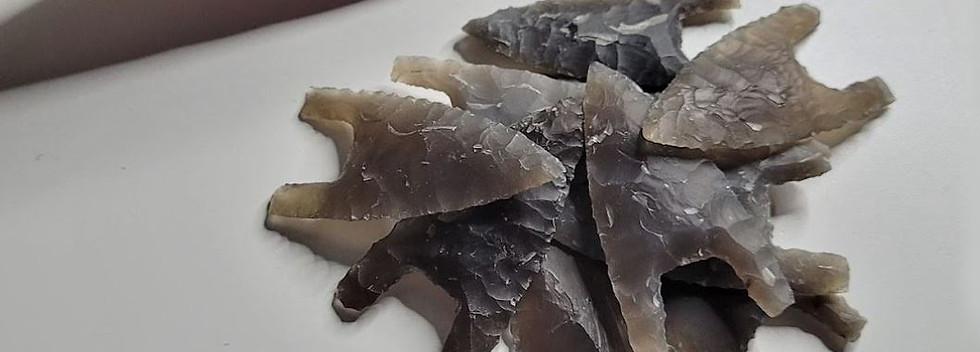
ALEXANDER GROVE LAURIDSEN
Master's Student (Prehistoric Archaeology)
Credit: Alexander Grove Lauridsen
How (not) to do Experimental Archaeology
The presentation relates to a student-research-project aiming to continue and improve on the research conducted in the 1980’s regarding the theoretical framework of diagnostic macrofractures in lithic hunting implements, with the main purpose of providing probable answers to the reason behind the significant overrepresentation of arrowheads from the Late Neolithic with snapped or otherwise broken barbs and tangs.
In an attempt to find answers for this question, 10 arrowheads of the long-barbed bifacially-knapped variety were produced, hafted with reproduced pine pitch, and afterwards shot at a simulated red deer scapula.
The presentation will present the various production processes, and results of the project, as well as the central underlying theoretical frameworks inherent to working with experimental material, but will also serve as encouragement to other students to pursue experimental archaeology as a method for conducting independent research, insofar as dispelling the notion that each project must be perfect. The presentation will expand on the various problems one will face when working experimentally, and how to improve and, in turn, benefit from making mistakes.
